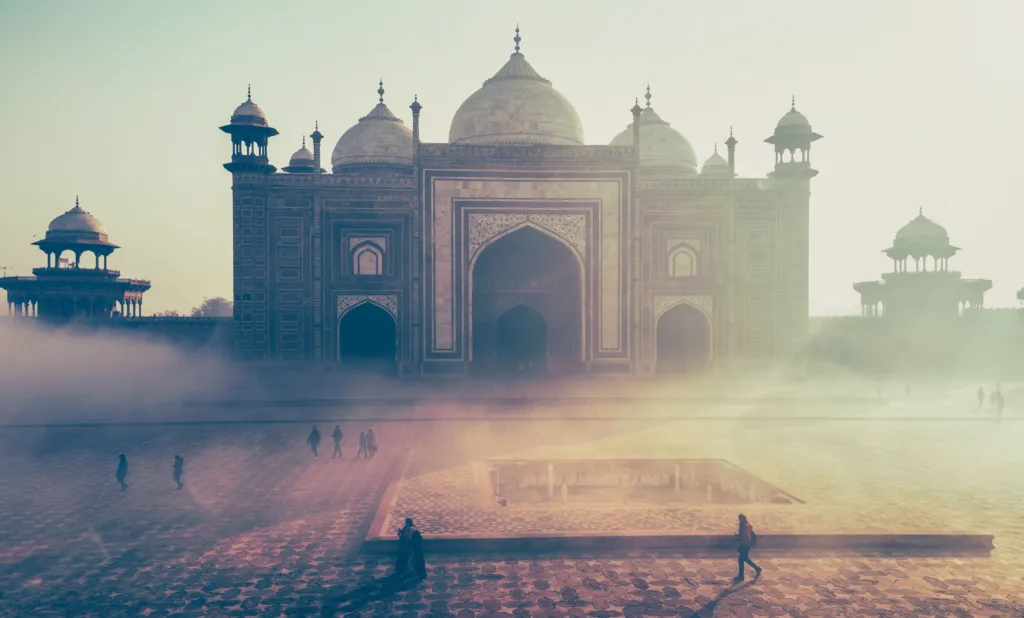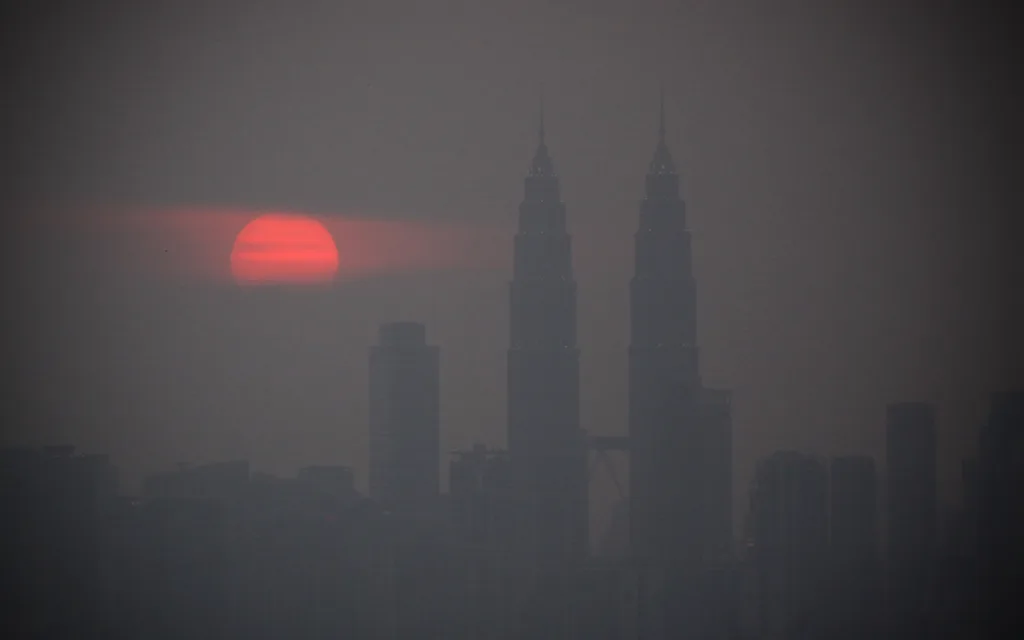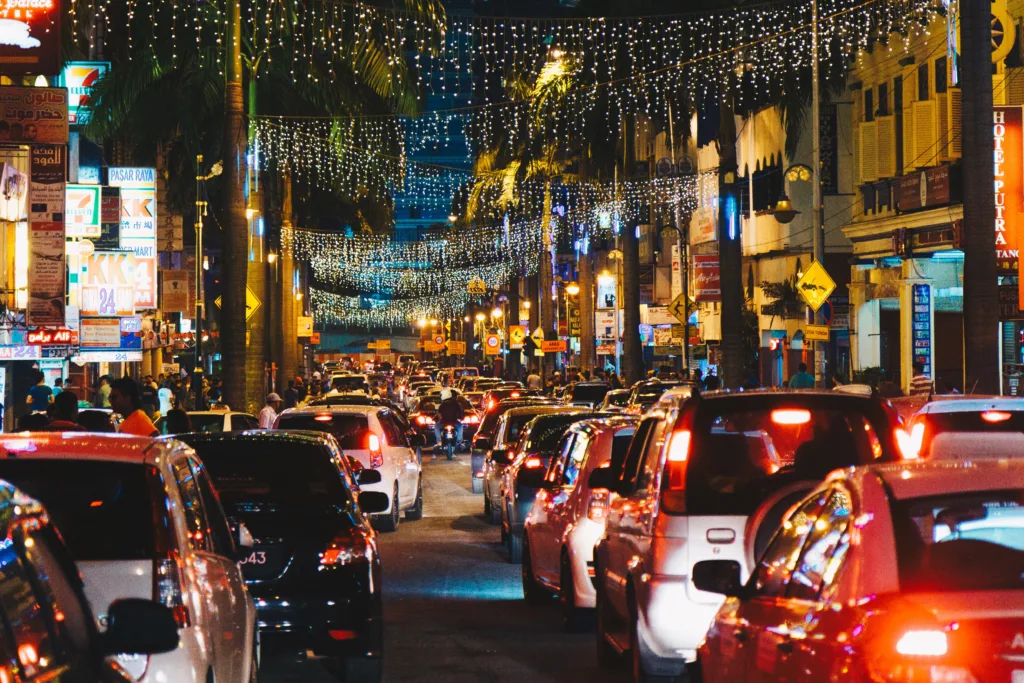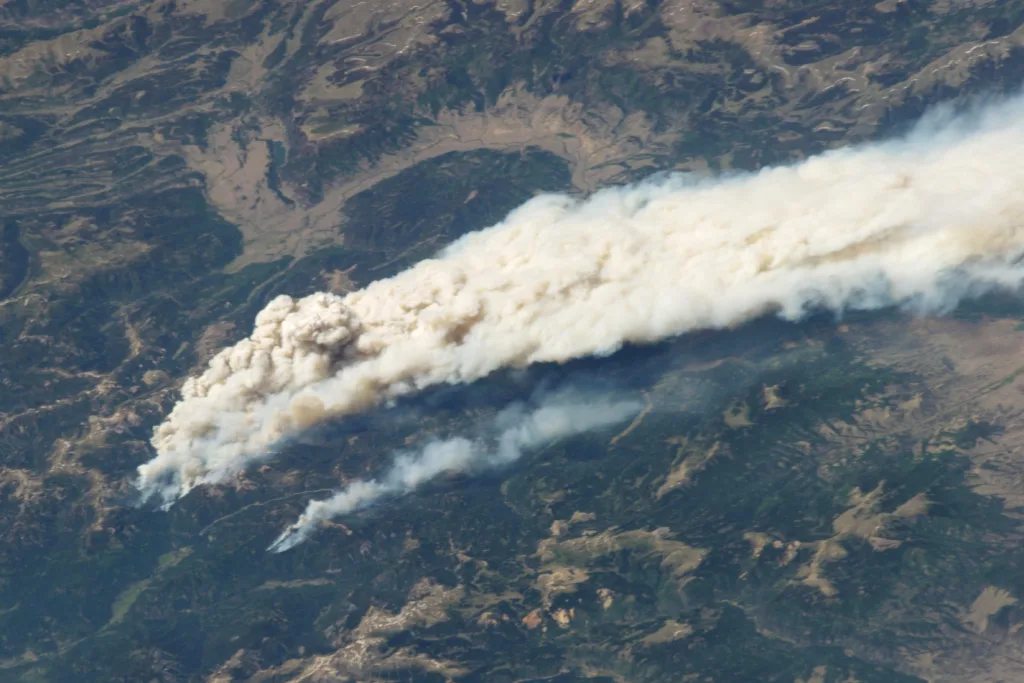We use cookies to improve your experience with Monash. For an optimal experience, we recommend you enable all cookies; alternatively, you can customise which cookies you’re happy for us to use. You may withdraw your consent at any time. To learn more, view our Website Terms and Conditions and Data Protection and Privacy Procedure.
Smog clouds the sustainability of Asian cities
Published on January 10, 2024Asian cities are increasingly falling victim to unhealthy air quality levels and this does not bode well for long-term sustainability.
 From land burning for agriculture to motor vehicle emissions, many urban areas in Asian countries are under siege by worsening smog. : Image by Michael Joiner 360info CC BY 4.0 DEED
From land burning for agriculture to motor vehicle emissions, many urban areas in Asian countries are under siege by worsening smog. : Image by Michael Joiner 360info CC BY 4.0 DEED
Asian cities are increasingly falling victim to unhealthy air quality levels and this does not bode well for long-term sustainability.
In the second half of the year, farmers in many Asian countries burn their crops to make way for a new planting season. This burning creates plumes of smoke over the land and eventually smog over cities and towns.
Farmers believe (falsely) that agriculture burning is needed to clear land and fertilise soil but the burning creates vast quantities of ‘black carbon’ which threatens both humans and the environment.
It can disrupt rainfall besides speeding up the melting of glaciers which in turn floods key rivers. Burned lands actually have lower fertility and higher erosion rates, requiring farmers to overcompensate with more fertiliser and expensive irrigation systems.
New Delhi and Lahore grapple with an annual smog about now (Dec-Jan), a manifestation of their chronic pollution crisis. The cities’ atmosphere becomes cloaked in a dense blanket of toxic particulate matter.
The culprit is a concoction of agricultural residue burning, traffic exhaust, industrial fumes and atmospheric conditions that trap pollutants close to the ground.
In Southeast Asia, the annual haze is a well-known transboundary phenomenon; the severity of it in some years sends shock waves through the region and disrupts schools, businesses, flights and all outdoor activities.
Apart from the haze, the Philippines, Thailand, Indonesia, Laos and China all do battle with their own versions of smog made worse by the El Niño phenomenon. Malaysia and Indonesia, meanwhile, also battle rising vehicle emissions rates which blanket urban areas.
For many Asian cities, visibility dwindles, while the air quality index plummets to hazardous levels, posing severe health risks for their inhabitants, and perpetuating a cycle of environmental distress and public health concern.
Efforts to combat this perennial crisis grapple with a complex interplay of policy, societal change, and technological advancements in seeking elusive solutions to tame this annual choking phenomenon.
360info looks at the causes behind this region-wide air pollution and what solutions science can offer both policymakers and communities.
Originally published under Creative Commons by 360info™.
Editors Note: In the story “Asia’s dirty air” sent at: 08/01/2024 07:41.
This is a corrected repeat.











